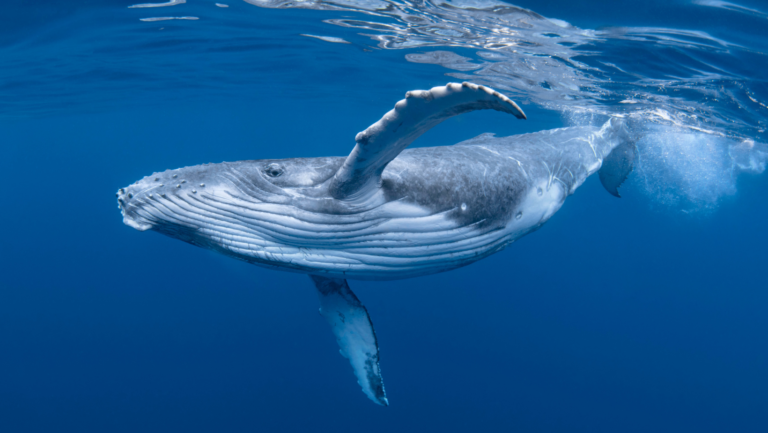In the South Pacific of Costa Rica, Innoceana is working on monitoring humpback whales, Megaptera novaeangliae, and visiting the coast.
As a team of biologists working on marine conservation in the South Pacific of Costa Rica, Innocent has always been interested in deepening the understanding of this incredible species. Innoceana monitoring measures are based on bioacoustics input, as male humpback whales produce complex songs during the breeding season Two populations visit yearly: Humpback whales from the northern hemisphere (Central America population, from December to March) and the southern hemisphere (Breeding Group G population, from July to October). The tropical waters of Costa Rica are warm and calm, which is the perfect combination for the breeding and reproduction of whales. Today, humpback whales are listed as the least concerned by the IUCN as their population is increasing, with about 84,000 mature adults. Nevertheless, they still face many threats: entanglement by fishing gear, vessel collisions, human-caused noise, traffic disturbance, coastal habitat destruction, and climate change. In Costa Rica, whales have a high economic value as whale watching is one of the main tourist attractions in the area. Various ID catalogues have been created over the years, and the government has installed a monitoring protocol to record more information about those visitors.

Only a few organizations in the country apply the governmental protocol, and there is almost no accessible information concerning bioacoustics that enables its feasibility in practice. Moreover, intelligent regulations that include bioacoustics for their determination still lack, as the national protocol of Cetaceans monitoring does not include acoustic study recommendations.
To account for the lack of accessible, up-to-date data, Deep Voice and Innoceana embarked on a joint collaborative expedition. Using Innoceana’s expertise and experience, Deep Voice has learned much about the local BSG population and the local challenges of humpback whales’ conservation in the Cano-Island area. To analyze these recordings efficiently, Deep Voice aims to implement its AI-based classification algorithm on the local BSG humpback whales’ vocalizations. Upon analysis of the data, Deep Voice and Innoceana plan to suggest acoustic-based recommendations for the local authorities to promise the long-term safety of the BSG population in the area.

Head Scientist

CTO